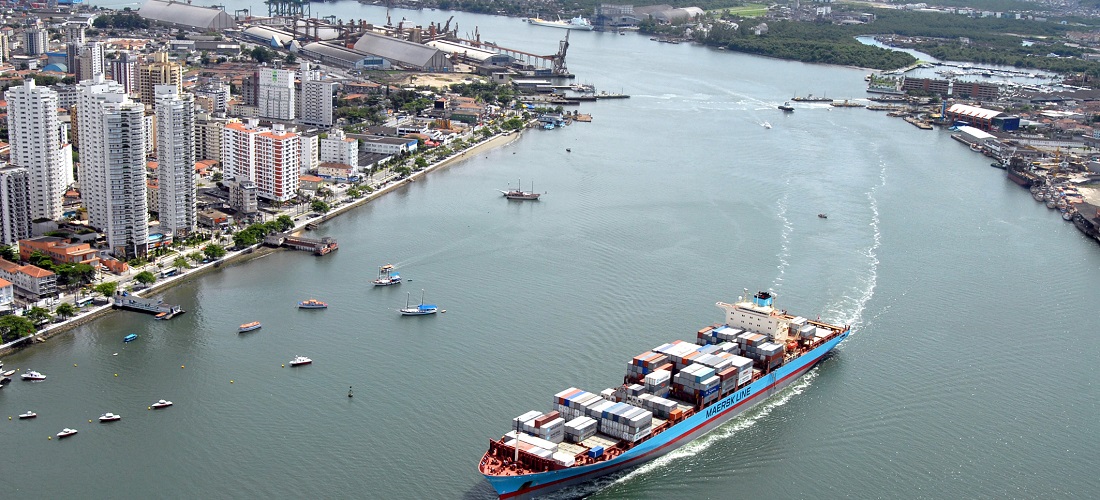
Port of Santos cuts bureaucracy involved in vessel moorings
Sep, 01, 2020 Posted by datamarnewsWeek 202036
As of this Tuesday, September 1st, the Santos Port Authority (SPA) is implementing a change in the way vessels enter the port in an effort to reduce the bureaucracy involved in moorings.
SPA Resolution 151/2020 now considers only those vessels that have their operation confirmed by Pilotage. Until then, all vessels scheduled would have to be canceled if there was no effective way of it docking, subject to a penalty for use of the infrastructure. As the port works with six-hour planned slots, before the user with a scheduled vessel needed to enter the system up to four times a day to undo the order, which required dedicated personnel to implement. According to a SPA survey, a company employee spends two months just on this task as there are around 50,000 requests/year for docking cancellations.
The graph below shows cargo movement at the Port of Santos between January 2017- July 2020:
Cargo handling at the Port of Santos | Jan 2017 to Jul 2020 | WTMT
Source: DataLiner (To request a DataLiner demo click here)
With the change, only ships that have the maneuver confirmed by Pilotage will be charged the tariff. “The new resolution eliminates the so-called ‘infrastructure cut’, a previous requirement made of companies that requested mooring at the Port of Santos, but, for whatever reason, ended up not using it”, explains SPA’s Director of Operations, Marcelo Ribeiro. “It is a purely bureaucratic service that generated a lot of complaints from the port community and that, with a simple change, SPA can eliminate, generating time savings for both operators and the Port Authority”, he adds.
In order to maintain fluidity in vessel traffic, it is common for maritime agencies to request the entry of several ships to the same berth, in order to guarantee their place as soon as the berth is available. Depending on the best commercial or operational option, any of these ships are able to use the pier. But this procedure ended up causing many vessels that were not yet ready to enter the port to be included in the tariff collection tables, forcing the port operator to cancel the ship’s entry at that time. Now, the “infrastructure cut” will only be necessary after confirmation of the maneuver by Pilotage, in case there is actually any problem that prevents the ship from docking.
Resolution SPA 151 is available on the website www.portodesantos.com.br, under the icon “Legislation”.
-
Ports and Terminals
Oct, 05, 2020
0
BACTSSA to take legal action over failure to extend Terminal 5 contract at Buenos Aires Port
-
Oil and Gas
Aug, 01, 2023
0
Petrobras has a 22.6% decline in oil exports in the 2nd quarter
-
Coffee
Jan, 27, 2023
0
War affects soluble coffee exports; still, sales are at an all-time high
-
Other Cargo
May, 03, 2024
0
Brazil Chemical Industry Faces USD 10 bn Deficit This Year

